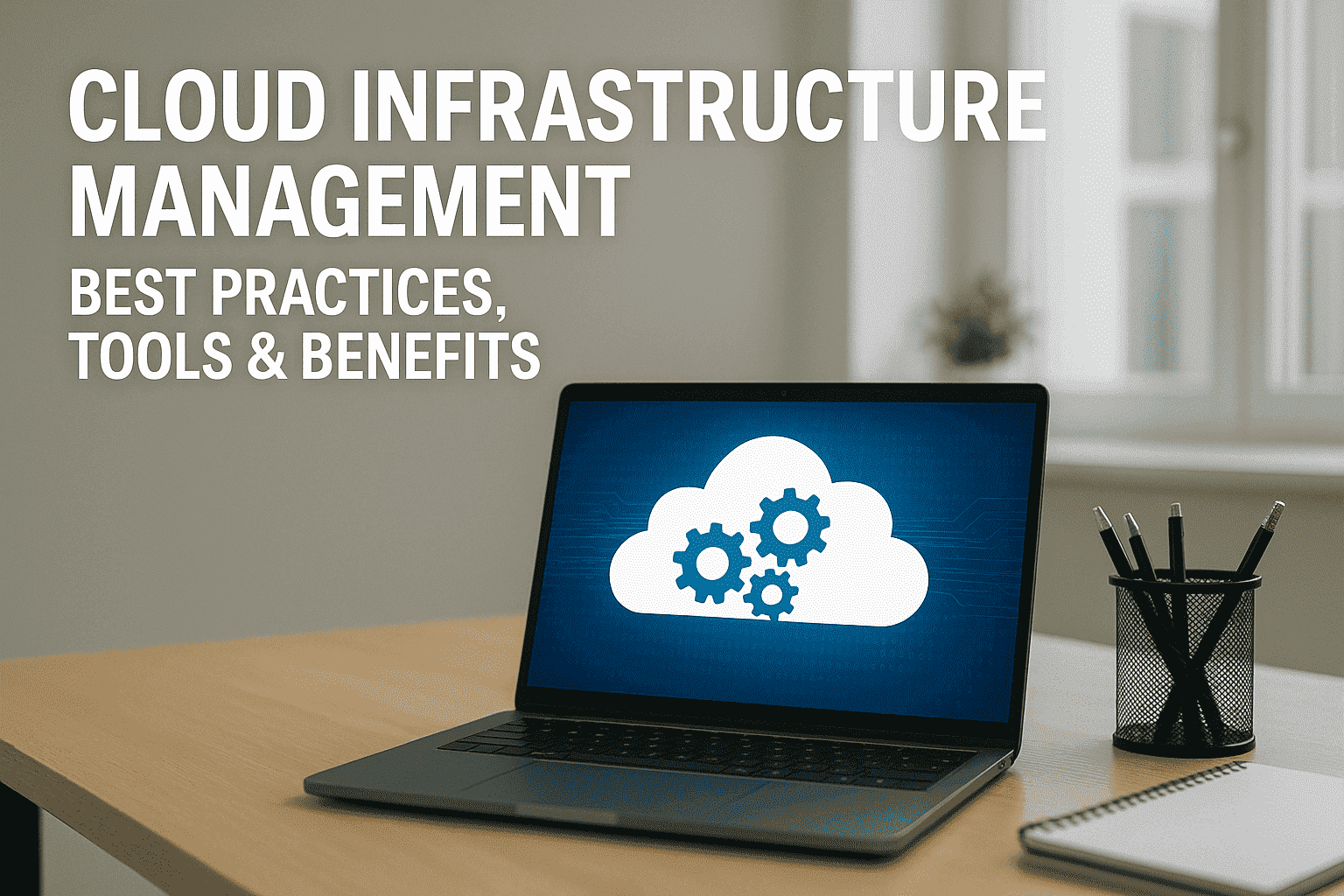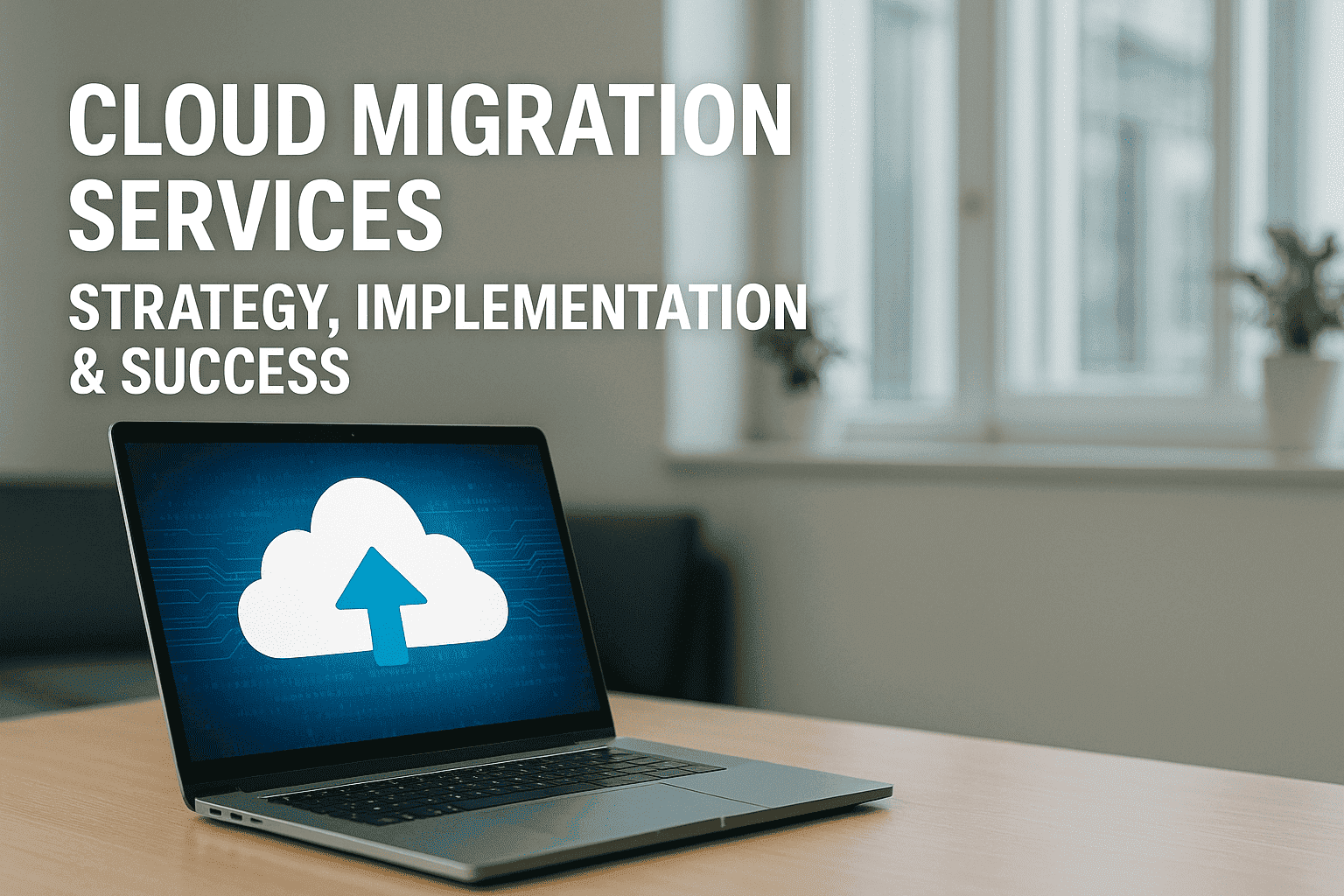Businesses—corporations and medium and large-scale—in several industries are working hard to implement Artificial Intelligence in many areas of their operations. The many advantages, including solving complex problems, boosting productivity, and streamlining operations, are just too good to pass along.
If you’re reading this, it means you’re probably looking to harness this rapidly evolving technology. So, as you start preparing your organization for the AI revolution, the first step is to assess your AI readiness.
This readiness assessment requires answering several salient questions, such as: How will your current technological infrastructure support AI integration? Does your workforce possess the necessary skills? Do you have a robust data governance framework to support AI integration?
Finding answers to these questions will highlight areas needing immediate attention and lay a solid foundation for AI adoption. But that’s not all.
Let’s explore how these preparations can position your organization to not just survive but thrive in the face of AI advancements.
Assess Current AI Readiness
To assess your current AI readiness, start by evaluating your existing technological infrastructure and workforce skills.
- Determine if your hardware and software can support advanced AI applications. Can your servers, networks, and storage handle large data sets and complex algorithms? It’s essential to have a clear picture of these capabilities.
- Assess workforce capabilities, too. Do your employees possess the necessary skills for integrating and utilizing AI technologies? Take into account the broader tech savviness of your team. How well do your project managers, IT staff, and end-users understand AI? This will impact how smoothly you can adopt AI solutions.
Assessing readiness isn’t just about identifying gaps; it’s also about recognizing your strengths. You might find that your team is more prepared than you thought or that you already have certain technological advantages.
These assessments aren’t about making immediate changes or formulating strategies—those will come later.
Right now, you’re gathering the information you need to make informed decisions down the line.
Build an AI Strategy
Having clear objectives and goals is the first step to a successful AI strategy. You’ll also need to decide where to allocate resources to guarantee these goals are met efficiently. Consider the areas that will benefit most from AI integration and prioritize them in your planning.
Let’s discuss the steps in detail.
Define AI Objectives
Defining clear AI objectives is important for aligning your strategy with your business goals. You’ll want to identify specific areas where AI can enhance efficiency, improve accuracy, or drive innovation.
Consult your team leaders to pinpoint operations that would benefit most from automation or data analysis enhancements. It’s also essential to take into account customer feedback for insights on service improvements or product innovations that AI could facilitate.
Then, set achievable milestones that reflect both immediate and long-term expectations. These should be measurable and directly linked to your overarching business objectives.
By doing this, you’ll make sure that each step in your AI implementation is purposeful, paving the way for tangible improvements in productivity and customer satisfaction.
Allocate AI Resources
Effective allocation covers money, infrastructure, and personnel. Allocating these sufficiently to your AI initiatives is pivotal for the successful integration into your business strategy.
First, you need to determine the financial investment required for AI tools and platforms that align with your previously defined objectives. Don’t overlook the need for skilled professionals; you may need to hire new talent or provide training for your current staff.
Additionally, consider the infrastructural upgrades necessary to support AI technologies, including advanced computing power and data storage solutions. Allocate budget for ongoing maintenance and updates to guarantee your AI systems remain effective and secure.
Entertaining these considerations during your resource allocation will set the stage for a successful AI implementation.
Cultivate AI Literacy
Every employee must embrace AI fundamentals and develop the necessary tech skills. They must familiarize themselves with basic AI operations and gradually advance to more complex applications.
Embrace AI Fundamentals
Cultivate a fundamental understanding of artificial intelligence at the workplace.
You can start with the basics: What AI is, how it operates, and its potential impact on various aspects of your organization.
Next up, move to the different types of AI, from machine learning to neural networks, and recognize their applications. This knowledge will demystify AI and enable you to communicate its benefits and challenges within your organization. Awareness of ethical considerations and biases in AI is also essential.
Understanding the core concepts will help you and everyone involved make informed decisions and strategize effectively.
Develop Tech Skills
With the basics out of the way, the focus should now be on developing practical tech skills to enhance AI literacy.
Programming languages like Python or R are essential for handling AI algorithms. Machine learning frameworks such as TensorFlow or PyTorch are also necessary for understanding how AI models are built and function.
Additionally, being able to manipulate and analyze data with SQL or Excel aids in training AI systems effectively.
Lastly, ongoing AI courses and workshops help in staying updated with the latest technologies and methodologies.
This continuous learning approach ensures you’re always at the forefront of AI advancements.
Establish Data Governance
You must develop a robust data governance framework to effectively manage the quality, consistency, and security of your data in the AI era.
Efficient data governance guarantees that your data can be trusted and securely used for AI applications.
Here’s how to establish effective data governance:
- Define data stewardship roles: Assign clear responsibilities for data management tasks. Data stewards ensure that data policies are followed and that the data quality remains high.
- Implement data quality standards: Set up protocols to maintain accuracy and consistency of data throughout its lifecycle. Regular audits and updates should be part of this strategy to adapt to evolving data requirements.
- Establish data access controls: Protect your data from unauthorized access and breaches. This involves setting up permissions and encryption practices and regularly reviewing who has access to what data.
- Create a data usage policy: Develop guidelines that specify how data can be used within your organization. This policy should comply with legal regulations and ethical standards and be communicated clearly to all employees.
Invest in AI Technologies
AI technologies are essential for businesses aiming to stay competitive in the digital age. Given the associated trends and pace of innovations in the AI space, it is important to be very strategic when investing in AI technologies.
Focus on adopting AI systems that enhance your decision-making processes and improve operational efficiencies. Only select tools that align with your strategic goals and can scale with your operations.
To do this, you must first evaluate relevant AI solutions with a proven industry track record. This could involve AI-driven analytics platforms, automated customer service tools, or advanced robotics for manufacturing.
It’s not just about having AI but integrating it in ways that transform your core activities.
Next, consider the infrastructure required to support these technologies. You may need to upgrade your existing IT systems to handle large volumes of data and increased computational demands. Investing in cloud solutions can be a smart move, providing the agility and scalability you need.
Also, you should consider the security implications of deploying AI. Make sure you have robust cybersecurity measures in place to protect your data and AI systems from potential threats.
Develop AI Talent
Developing AI talent allows you to leverage the full potential of your technological investments.
So, here’s how you can start cultivating a skilled AI workforce:
- Invest in education and training: Make sure your team’s skills are up-to-date with the latest AI advancements. This might mean investing in specialized courses and certifications for your existing employees.
- Recruit diverse talent: Diversity in background and thought can spark creativity and innovation in AI solutions. Look beyond traditional recruitment pools to include individuals with varying skills and experiences.
- Implement mentorship programs: Pairing seasoned professionals with newcomers can enhance knowledge transfer and integration within your team. This helps groom future leaders and ensures a seamless blend of expertise and fresh ideas.
- Encourage practical experience: Hands-on projects and real-world problem-solving are invaluable. Encourage your team to work on diverse projects within the organization or collaborate on external partnerships that can offer practical AI applications.
Foster Innovation Culture
To establish an AI-innovative culture within your organization, you’ll need to nurture an environment where creativity and experimentation are allowed and actively encouraged.
Here are some steps to take:
- Empower your employees: Give them the tools and freedom to explore new ideas and approaches. Here, innovation is as much about technology as it is about finding novel solutions to old and new problems.
- Encourage cross-disciplinary collaboration: Bring together diverse teams at the intersection of varying skills and perspectives to spark the most groundbreaking ideas. Ensure these groups have a platform to share their insights and innovations. This could be regular innovation meetings or an internal system where ideas can be pitched and discussed.
- Celebrate successes and learn from failures: Creating a safe space for taking risks is essential. You want your team to feel that taking a calculated risk is worth it, even if it doesn’t always pay off.
You need to keep everyone aligned with a clear, inspiring vision of what innovation means for your organization. It’ll guide your team’s efforts and reinforce the value of their creative contributions.
This alignment turns individual creativity into collective success that manifests through meaningful and effective AI adoption.
Manage AI Ethics and Security
Integrate AI into your business leaves you open to new threats, so managing its ethical implications and security risks becomes essential.
Here are some tips you should consider:
- Develop transparent AI policies: Create clear policies that outline the ethical use of AI in your organization. This includes rules on data usage, privacy, and how AI decisions are made. Make sure these policies are easily accessible to not only your team but also to your clients and stakeholders.
- Implement robust security measures: Secure the AI systems by incorporating advanced cybersecurity protocols. Regularly update these measures to protect against evolving threats and conduct penetration testing and vulnerability assessments to gauge your defenses.
- Conduct regular ethics audits: Schedule routine audits to ensure your AI systems comply with ethical standards and regulations. These audits help identify any potential ethical breaches and allow you to address them proactively.
- Train your team on AI ethics: Equip your employees with the necessary training to understand and implement AI ethically. This includes understanding biases in AI algorithms and how to avoid them.
Monitor AI Performance and Impact
Monitor your AI systems regularly to assess their performance and impact on your business operations.
You’ll need to establish clear metrics that reflect your specific goals. Are you looking to improve efficiency, accuracy, or customer satisfaction?
Whatever your targets, make sure they’re measurable so that you can track progress effectively.
Set up a dashboard that provides real-time data on these metrics. This allows you to catch issues early and adjust parameters without delay. You should also schedule regular, more thorough reviews to analyze deeper trends and patterns that might not be immediately obvious.
You should also gather feedback from the end-users of your AI systems. They can provide insights into how the AI is performing in real-world scenarios, which might differ from what the data alone suggests or how you perceive your AI-based operations.
Additionally, be prepared to iterate. AI isn’t a set-it-and-forget-it solution. It requires tuning and maintenance to stay effective. Use the data and feedback to refine your algorithms continuously.
Lastly, keep an eye on the broader impacts of your AI deployment. Monitor for financial performance and also for any ethical or compliance issues that could arise.
Managing these effectively is important for maintaining trust and securing the long-term success of your AI initiatives.
Conclusion
As you embark on the AI journey, it’s critical to ensure your organization is well-prepared to leverage artificial intelligence effectively. Start by thoroughly evaluating your current infrastructure and crafting a strategic AI plan tailored to your unique needs. Enhancing your data governance is also essential to capitalize on AI technologies responsibly and effectively.
Investing in the latest AI technologies and developing your team’s AI skills are pivotal steps. However, navigating the complexities of AI implementation can be challenging. This is where Network Right can add significant value.
As a specialized IT services company, Network Right offers Managed IT services, AI readiness services, IT support, and vCISO services that can be customized to support your AI initiatives.
By collaborating with Network Right, you can cultivate an innovative culture within your organization, uphold stringent AI ethics, and ensure continuous monitoring of AI performance to maximize its impact.
Embracing these steps with the expertise of Network Right will position your organization at the forefront of the AI revolution and help you secure a competitive edge in the rapidly evolving digital landscape.
Fill out the form below to book a free consultation and learn more about how we can align your organization or business for seamless AI adoption and integration.


